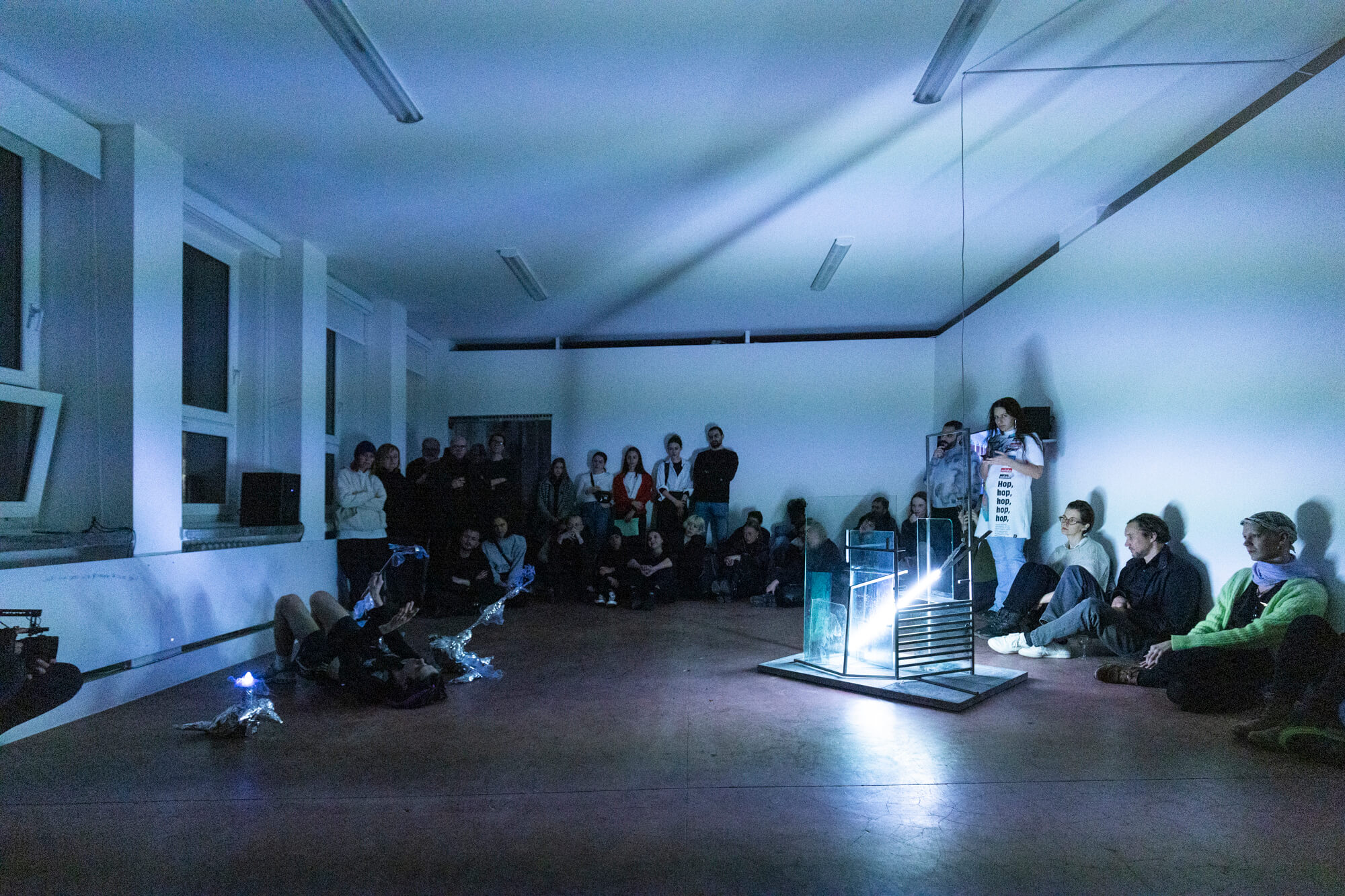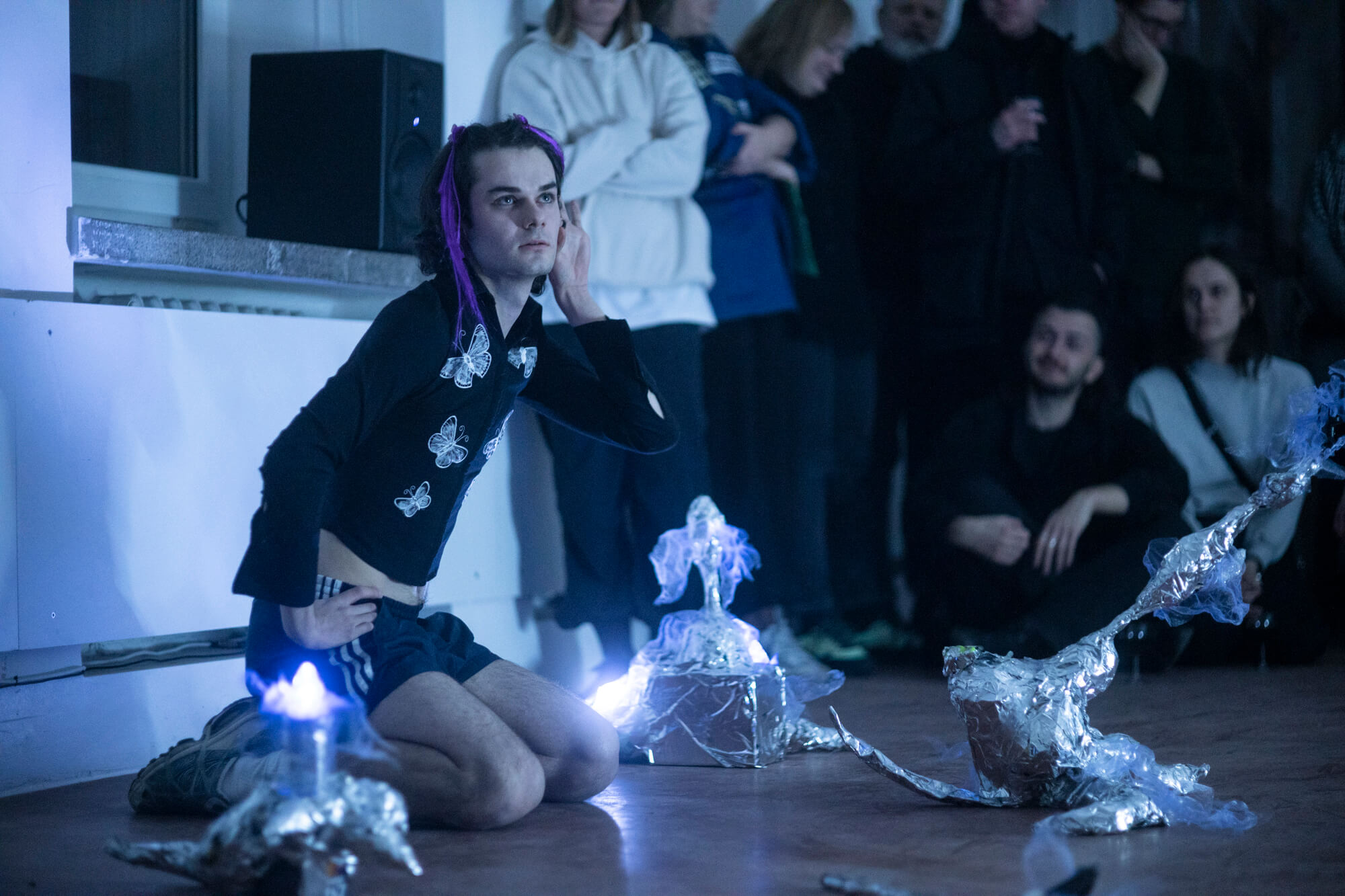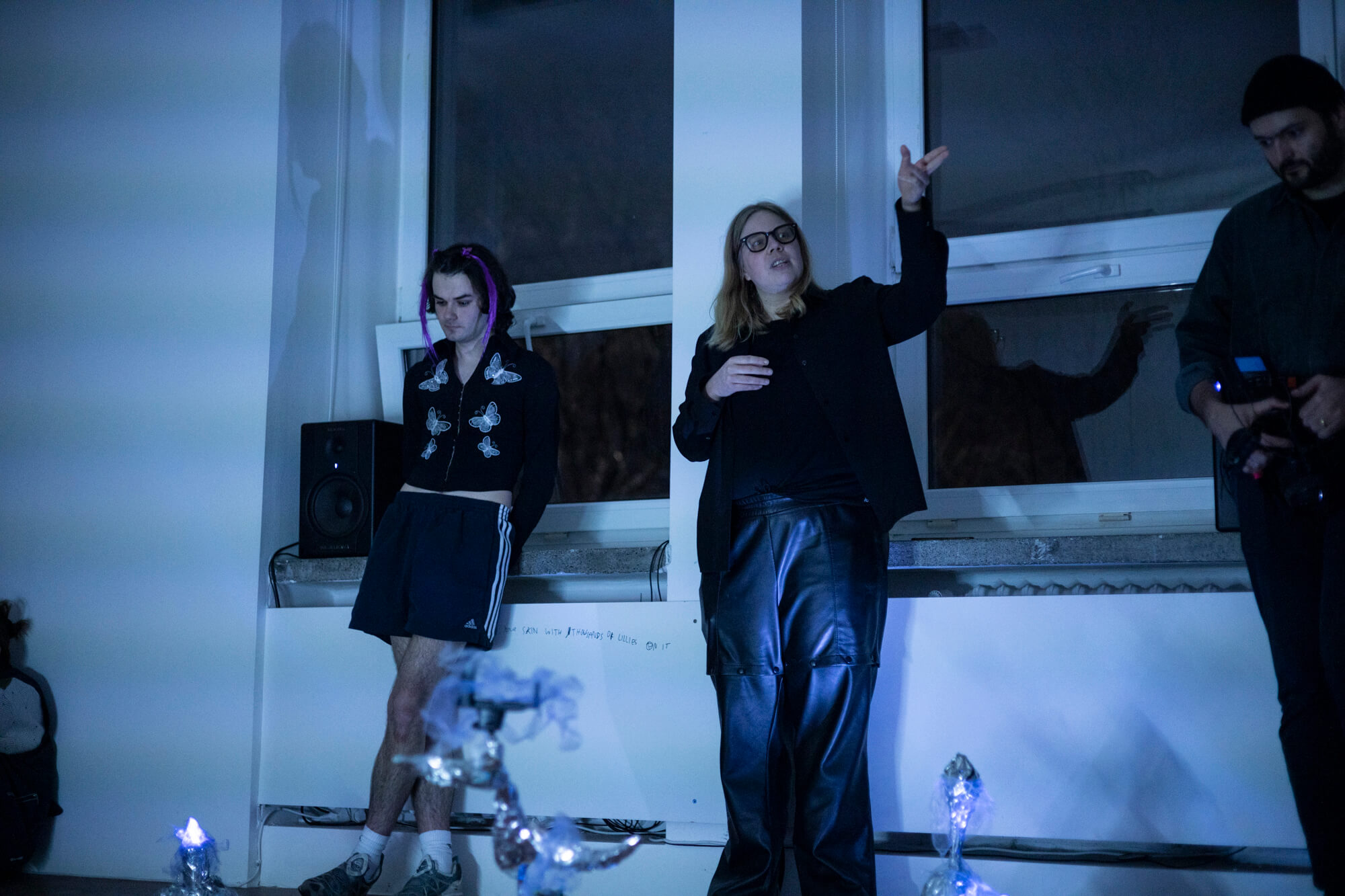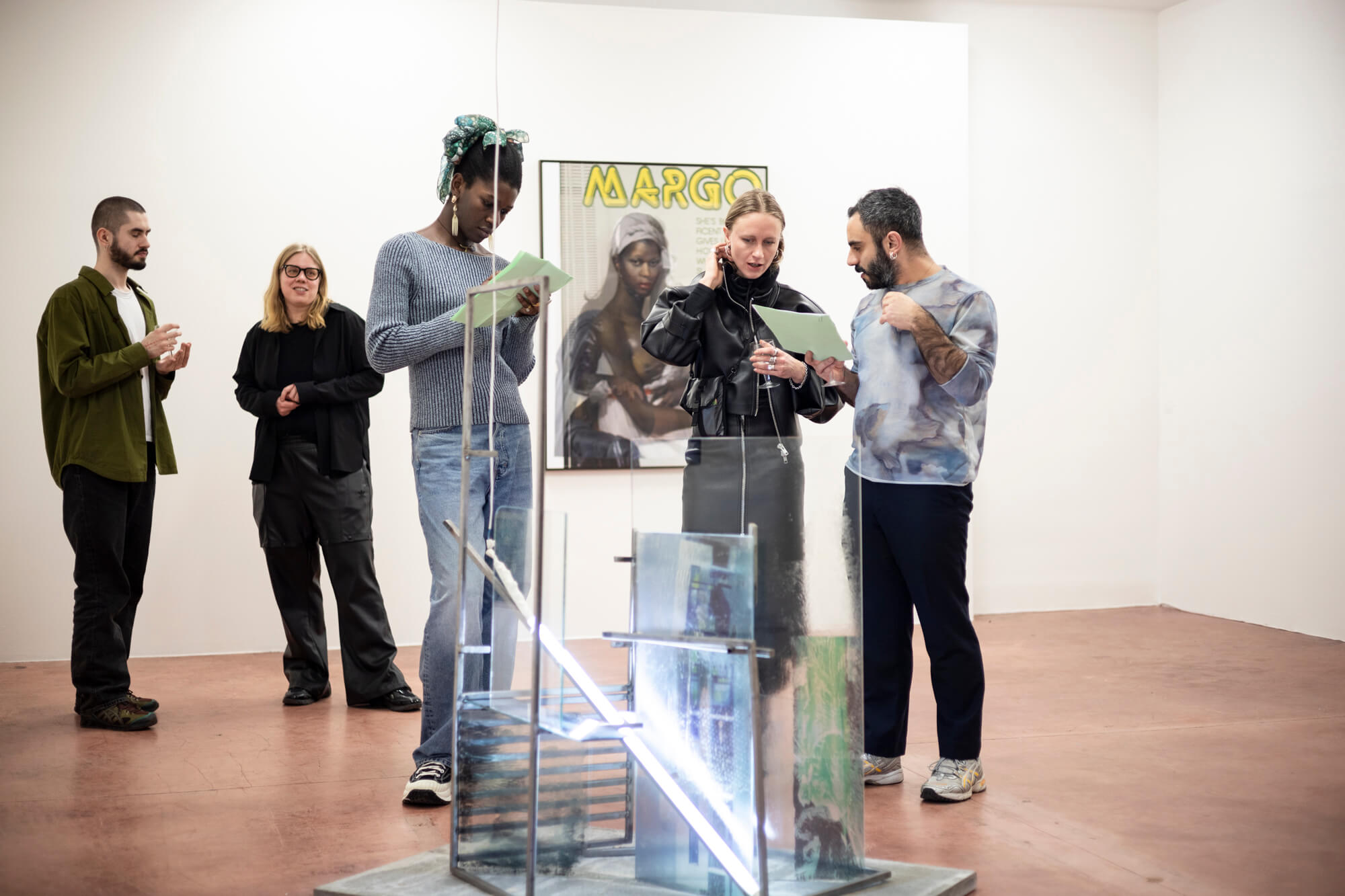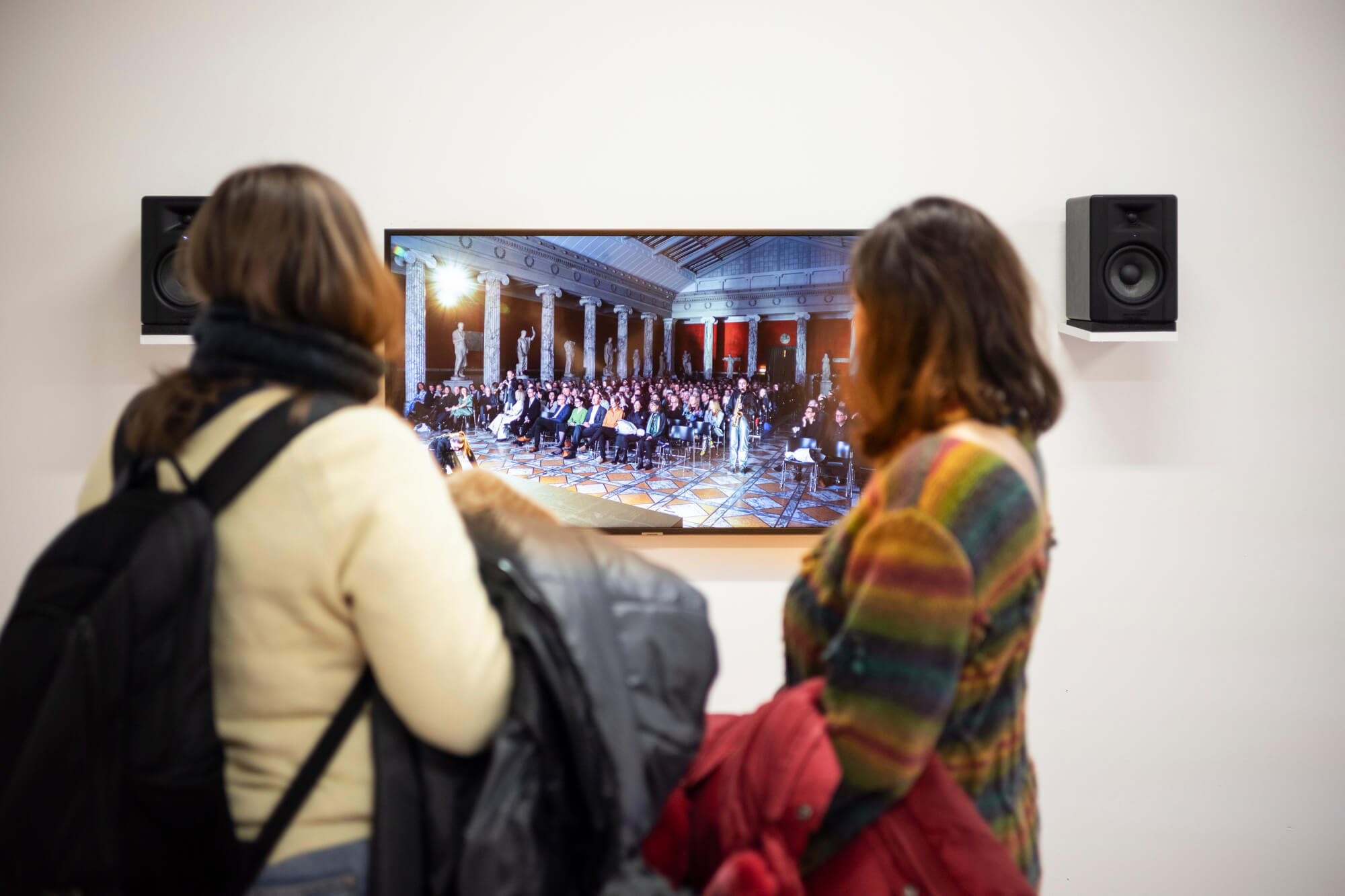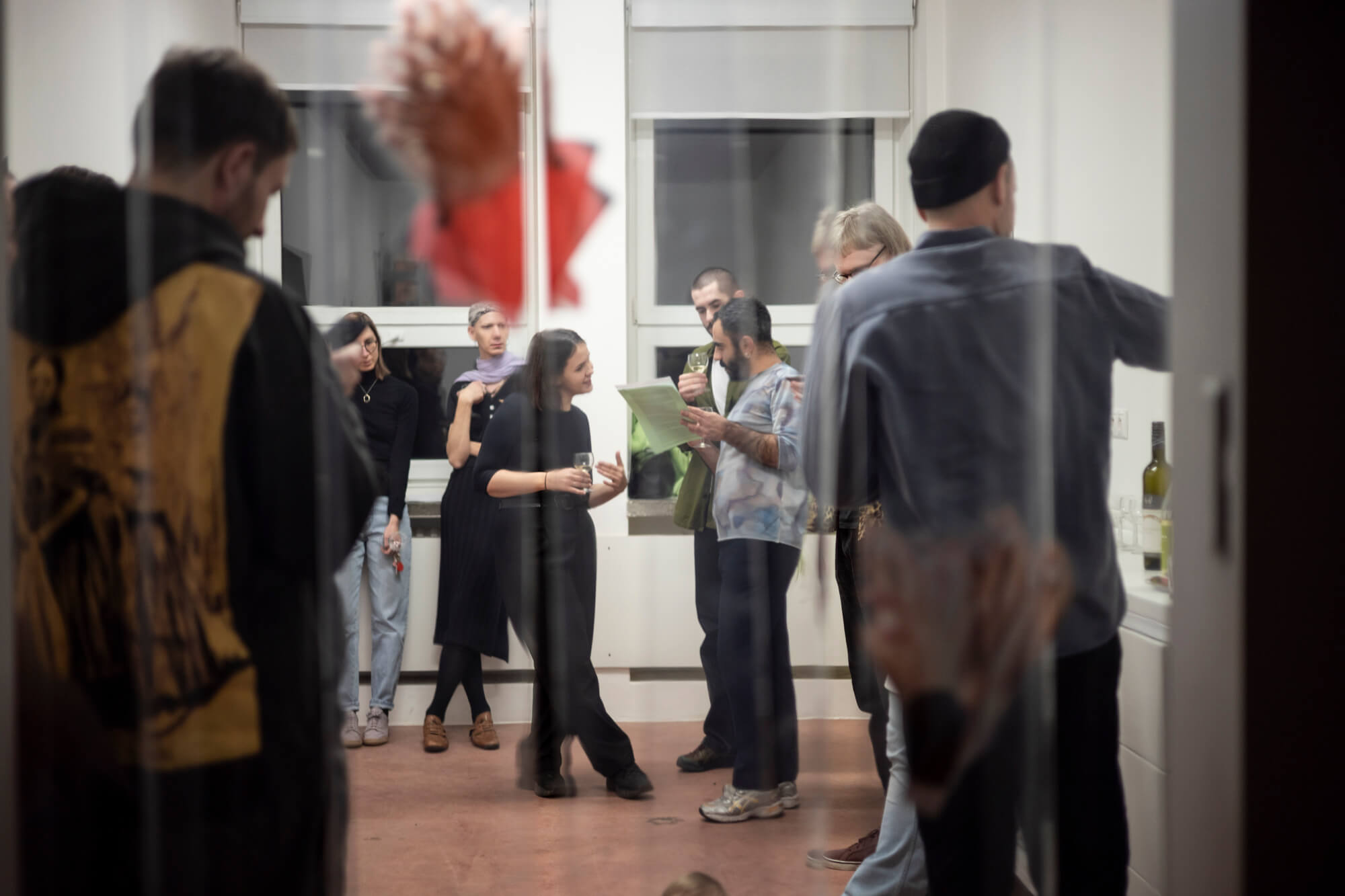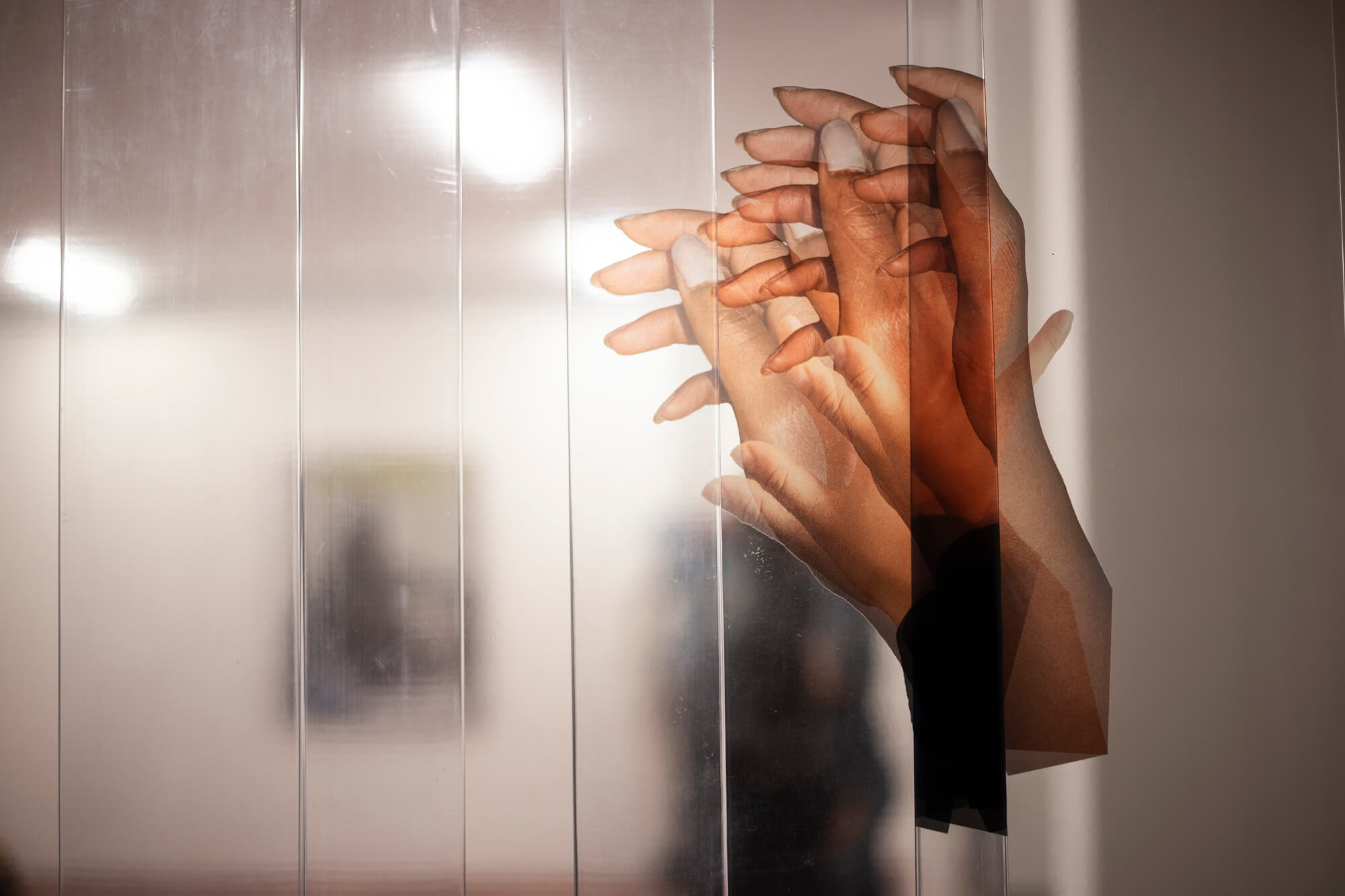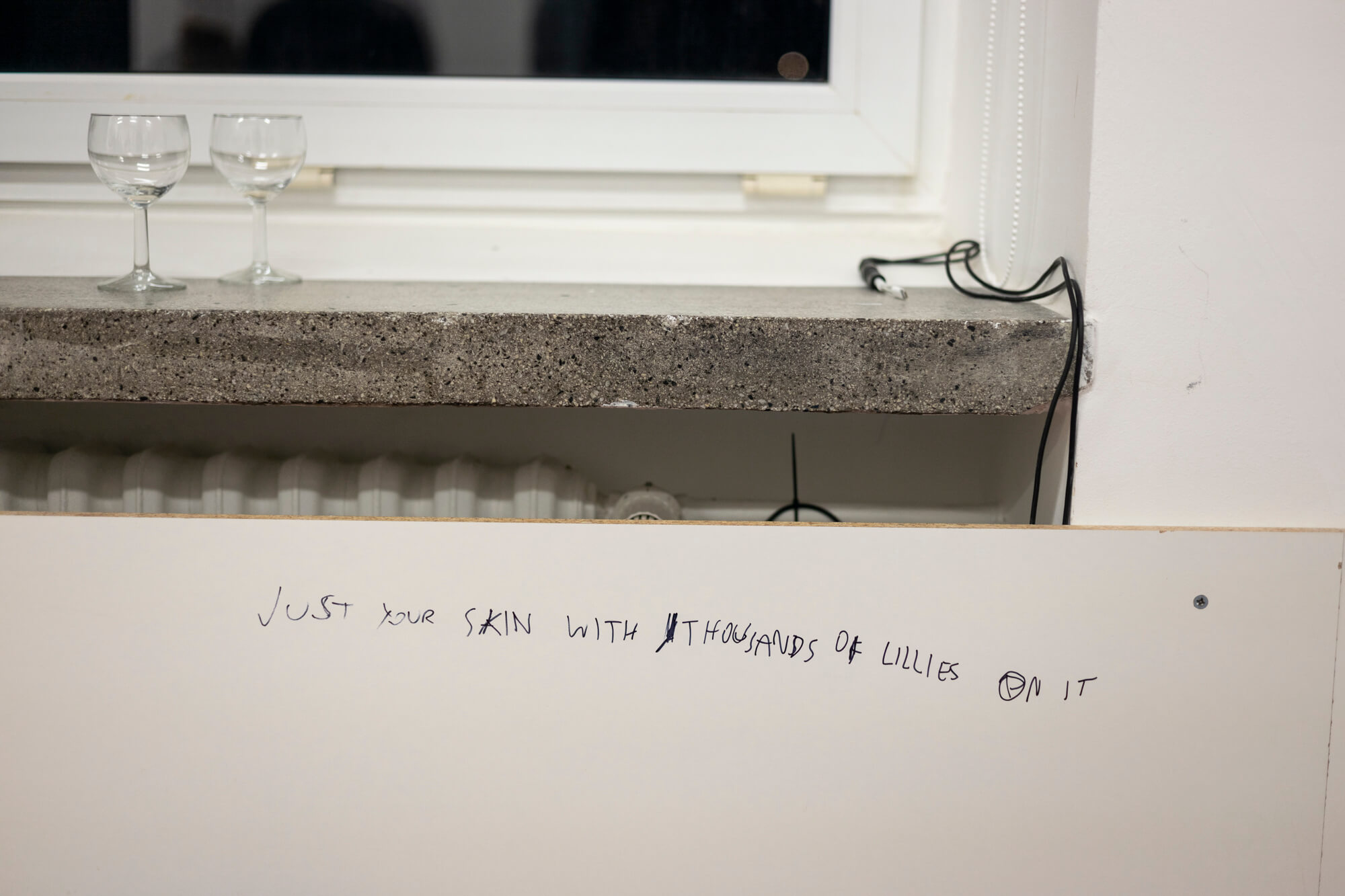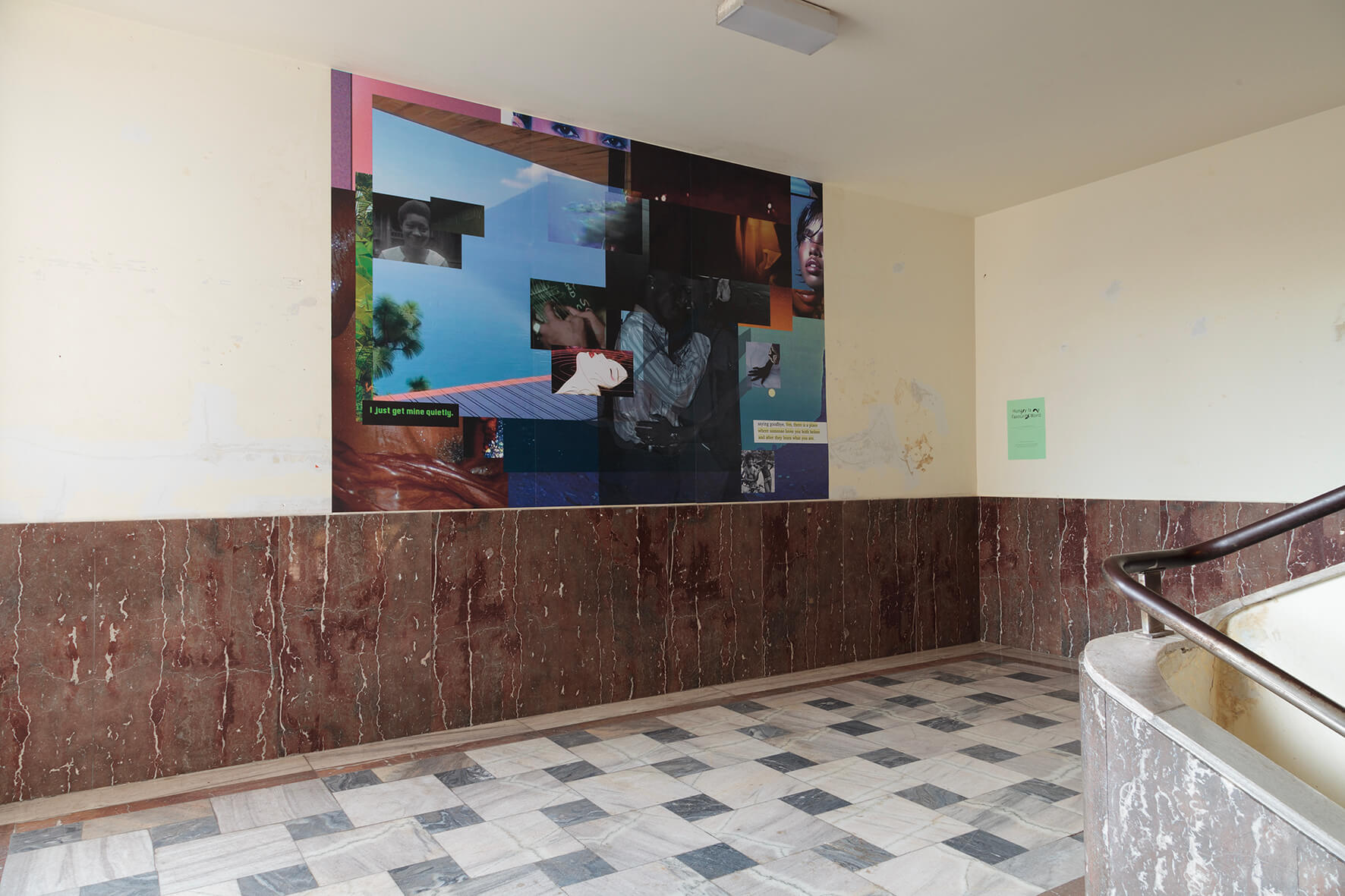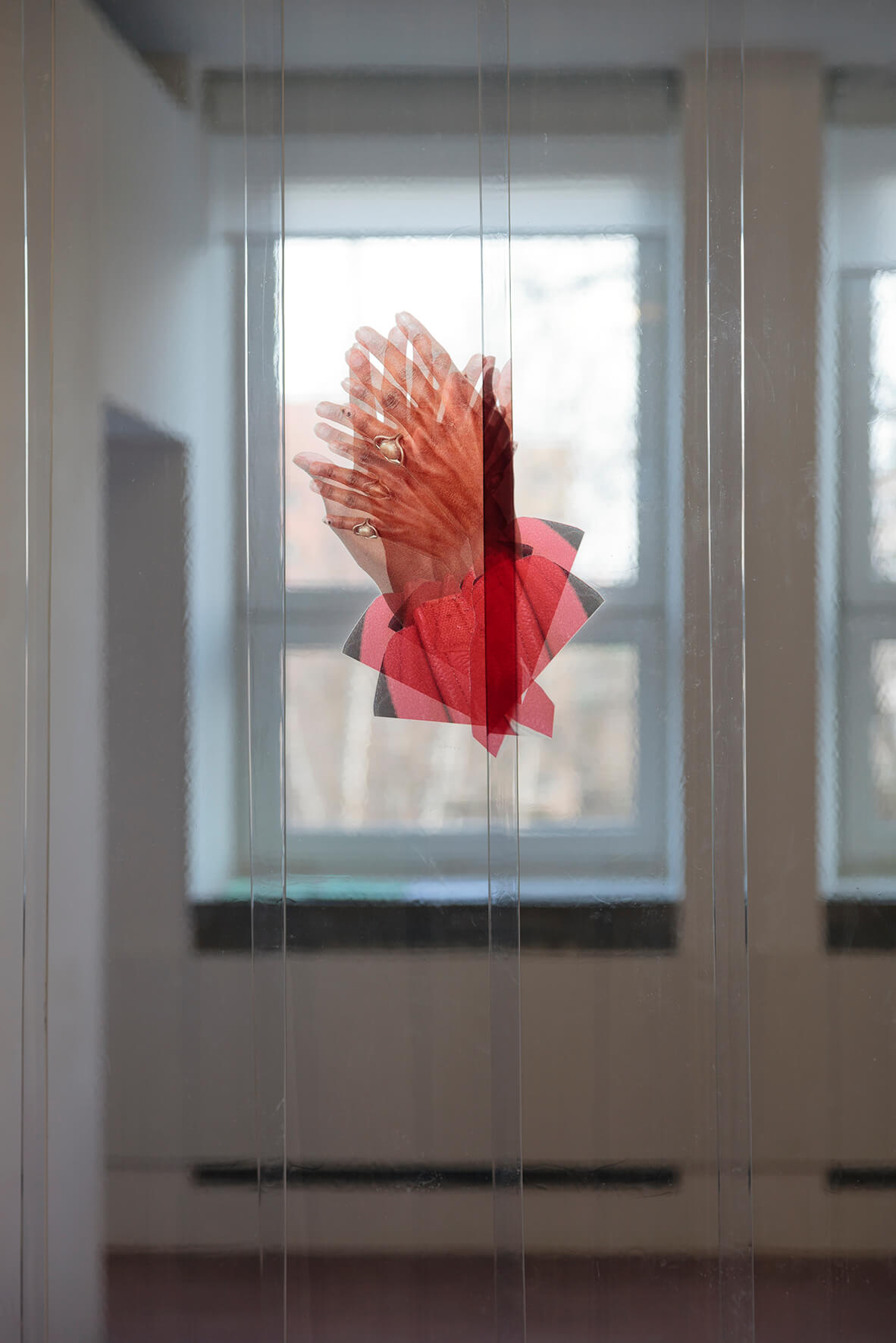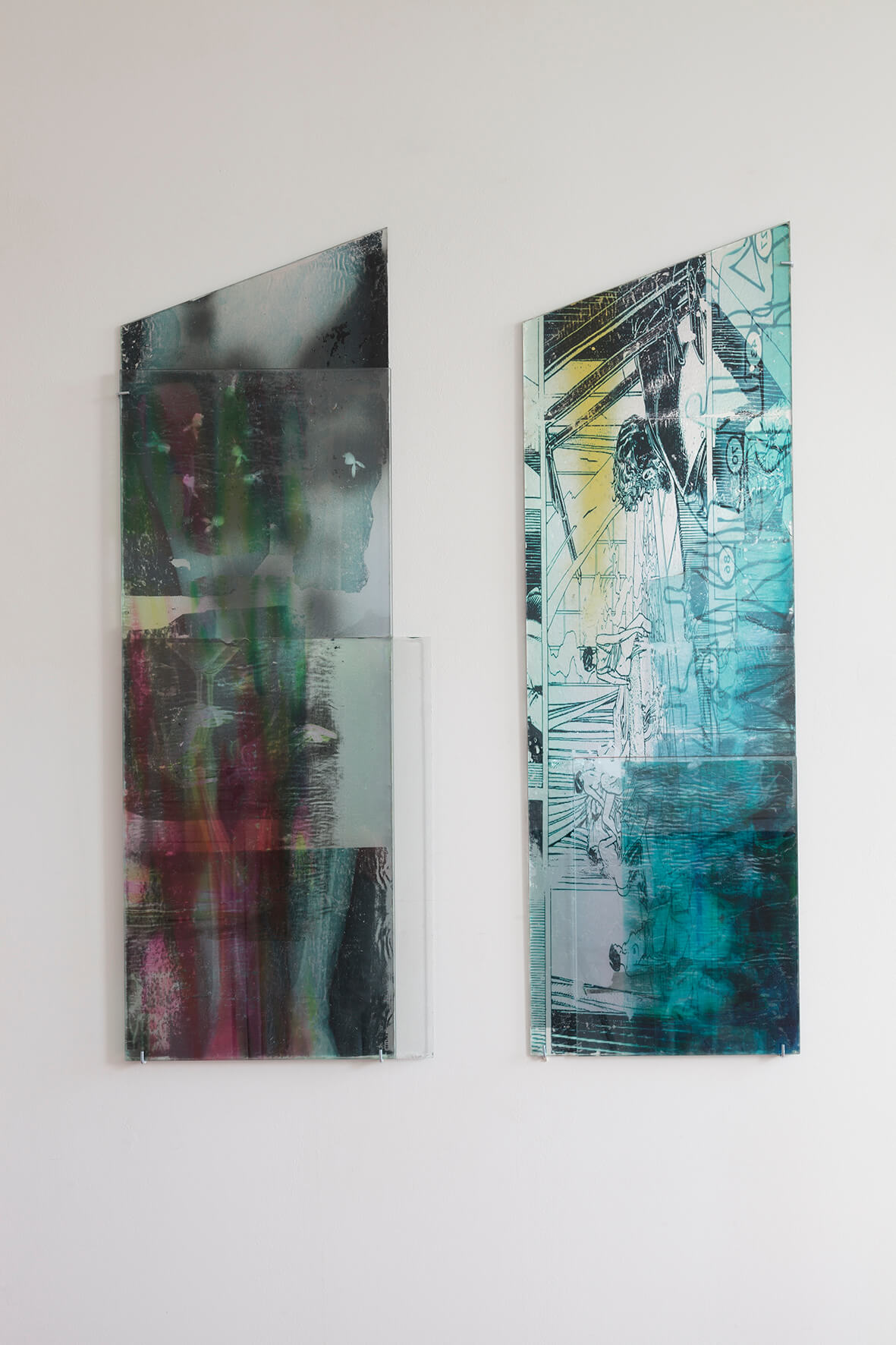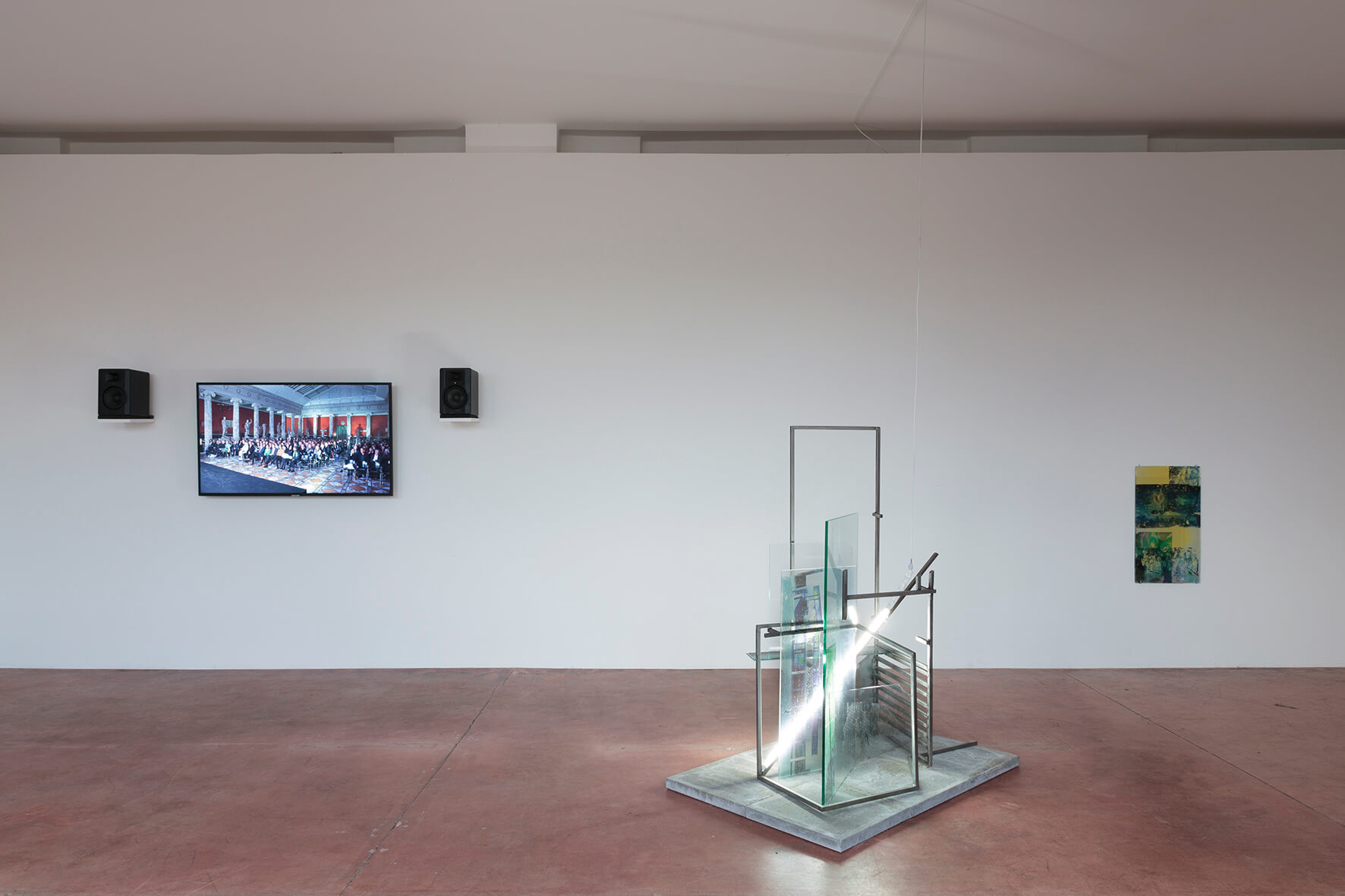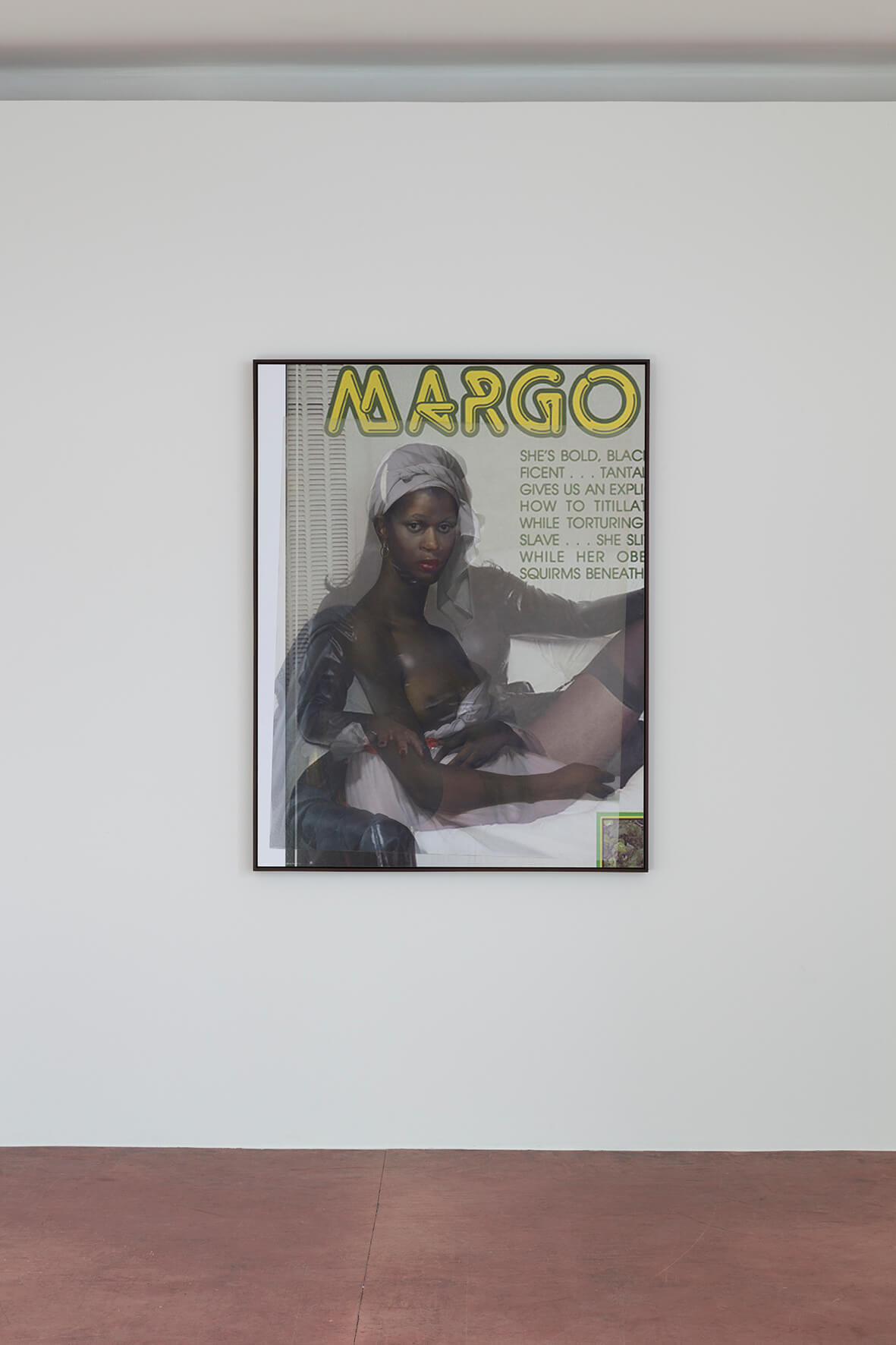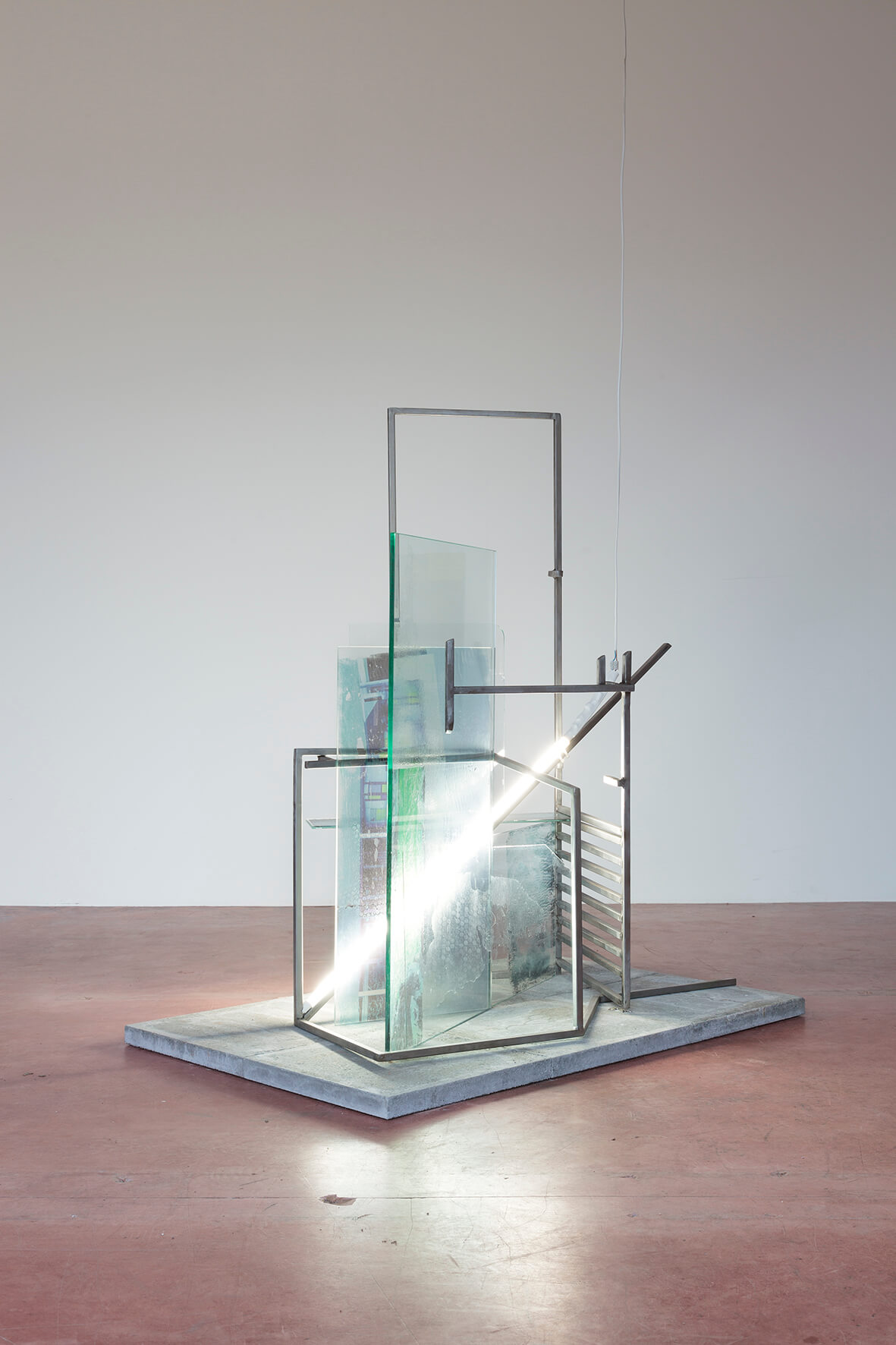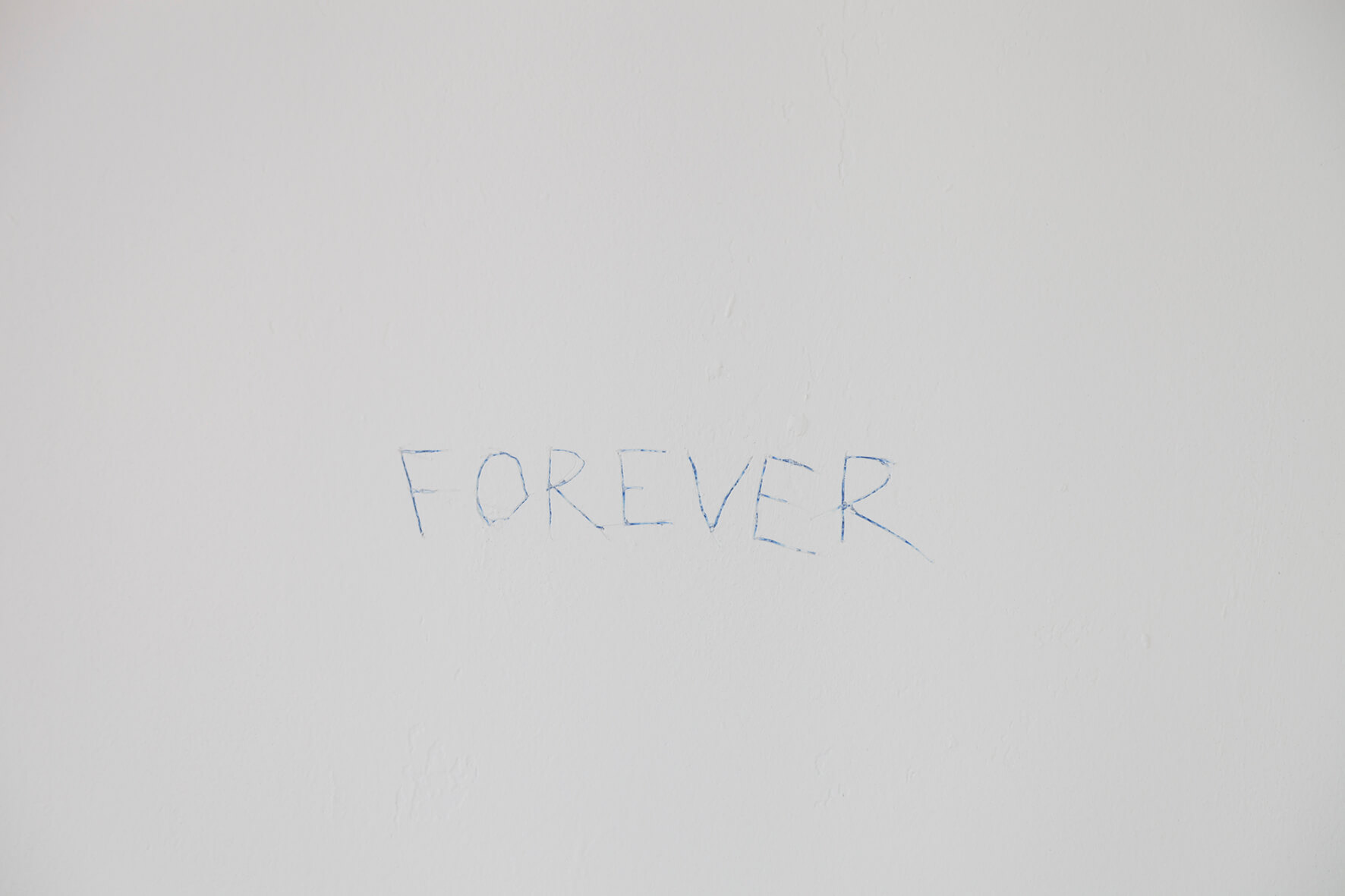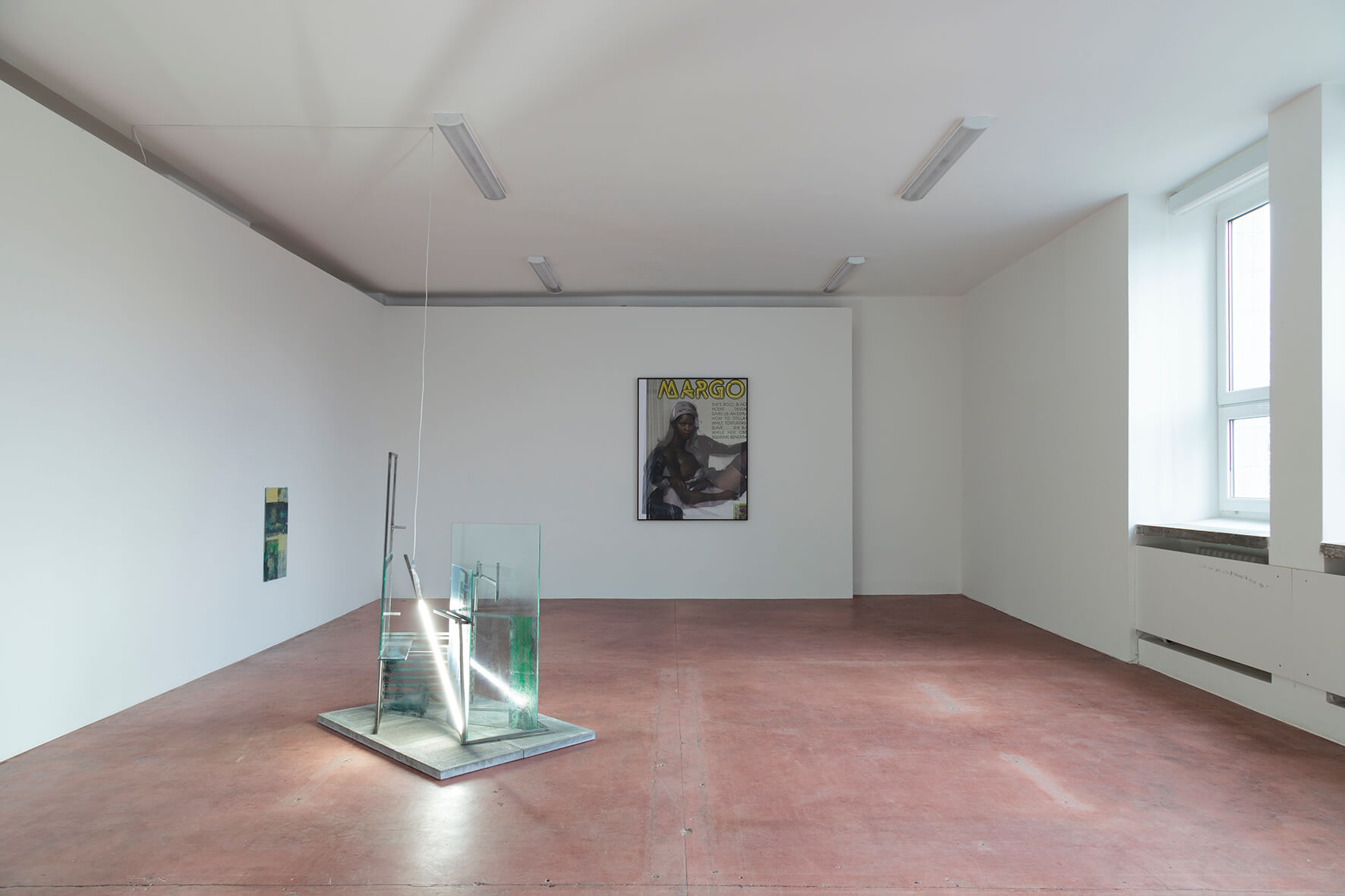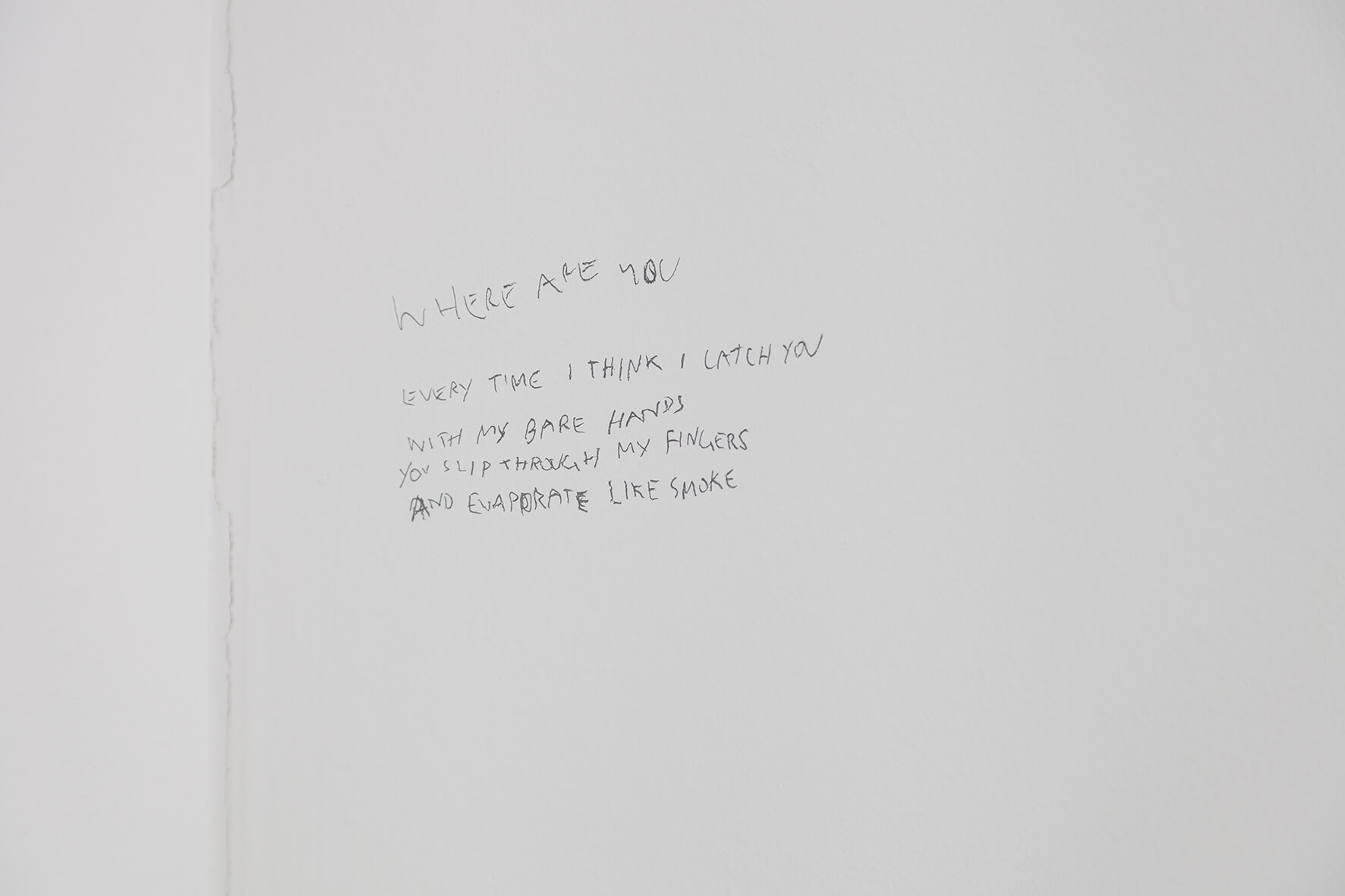E
x
h
i
b
i
t
i
o
n
s
Hungry Is My Favourite Word
Opening: January 25, 2024, 6-9pm
Duration: January 26, 2024 – May 26, 2024
Open every Wednesday and Friday, 1-6pm
Location: The Július Koller Society, Račianska 78, Bratislava 831 02
Curated by: Nora-Swantje Almes
Exhibiting artists: Ebun Sodipo, Luki Essender, Miriam Kongstad
During the opening we are hosting a performance of Michal Dore. Come early, stay late.
The curatorial project Hungry Is My Favourite Word comprises a series of events. What to look for in the following months?
February: Coffee&Cake Intergeneratioal Queer Storytelling
March: Queer-feminist diaries with Lucie Jarkovská (workshop)
April: Queer walking tour in Bratislava with Jana Zezulova
May: The launch of Luki Essender’s Book
Hungry for evidence from what is underneath the canonical re-telling of histories, Hungry Is My Favourite Word invites to fantasise about the past, future and present. How can we relate to the obscured past in which marginalised existences have been neglected? Weaving together references of historical role models, ephemeral gestures, more recent pop-cultural moments and contemporary visual culture, the exhibition creates an emotional landscape that constantly evolves. There is not one truth, nor one answer and there is no last word.
Archives and historical records consist of gaps, decisions and absences: Scholar Saidiya Hartman’s speculative method of writing history which she describes as ‘critical fabulation’, enables her to imagine what could have been and challenges the authority of historical archives. In her essay ‘Venus in Two Acts’ (2008), Hartman states: ‘By playing with and rearranging the basic elements of the story, by re-presenting the sequence of events in divergent stories and from contested points of view, I have attempted to jeopardize the status of the event, to displace the received or authorized account, and to imagine what might have happened or might have been said or might have been done.’
Hartman’s thoughts are a strong influence for London-based artist Ebun Sodipo. Sodipo’s large collage I get mine quietly (2022) meets the visitors on the stairs towards Julius Koller Society. Her collages consist of low-resolution found footage from film and the internet, often paired with archival material. Sodipo researches historical references and constantly thrives on seeking more information; drawing on the past to visualise her idea of an alternative future. In Sodipo’s work Madeleine et Margo (2022), two women from different times are depicted. It is a cropped version of Marie-Guillemine Benoist’s Portrait of Madeleine (1800) showing a free Black woman painted in the years following the French abolition of slavery. It is believed that Madeleine sat for Benoist, one of the very few women Salon artists, in Paris. The image is paired with an archival photograph of a trans woman, Margo, wearing a leather dress. Their pairing presents us with bodies who simultaneously symbolise freedom and exploitation. Sodipo’s work General Partition (2022/23) brings together photography, collage, sculpture and material surfaces such as printed PVC. The use of these textual components speaks to the blurring and obscuring of Black trans history, whilst Sodipo’s fabrications bring moments of clarity and recognition. Through sensitivity towards spatial relationships and texture, visual motifs and historical figures are summoned creating moments which speak to the past, present and future.
Miriam Kongstad’s Metanoia/Bunnyland (2021, in collaboration with Johan Bech Jespersen) takes modernist architecture with its dedicated use of steel, glass and concrete as reference points. In 1953, the first Playboy magazine was launched and grew into one of the biggest promoters of modernist architecture worldwide. In his book ‘Pornotopia – An Essay on Playboy’s Architecture and Biopolitics’ (2019), Paul Preciado writes ‘Far from being simply an erotic magazine, Playboy forms part of the architectural imaginary of the second half of the twentieth century. (Hefner) had somehow understood that in order to sculpt a new masculine subjectivity, one had to design a habitat: to create a space and invent a series of practices and uses of the domestic that could function as techno-habits of the male body.’ Founder Hugh Hefner called Playboy a ‘Disneyland for adults’ – inventing an alternative for the idea of the suburban family home which dominated in Northamerican post-war culture.
In 1937, Walt Disney Studios launched ‘Snow White and the seven dwarfs’ and became groundbreaking for family entertainment – another recognisable reference in Metanoia/Bunnyland. Through experimentation with cathode rays passing through sheets of glass, Roentgen invented the x-ray, later developed and made widely accessible by Marie Curie; omnipresent glass architecture in cityscapes and the scanning of bodies cried for transparency and the ultimate truth. Kongstad and Bech’s work guides through the metanoia (mindshift) of the 20th century and gives a new perspective on the relationality of events.
Jumping to 2003, Miriam Kongstad’s performance Take My Breath Away (2023) refers to the iconic moment in pop historical culture when Madonna kissed Britney Spears and Christina Aguilera on stage at the MTV Music Awards. Based on the Greek term catharsis (cleansing/purification), the performance refers to various forms of emotional release experienced through intense physical exercise, cognitive reflection, or sensory impressions. The performance comprises a trio choreography and a musical composition for oboe and saxophone, which quotes fragments of emotional pop classics intertwined as an electronic and acoustic soundscape. The work is composed as a symbolic, ritualistic sequence of events concluding with the kiss, simultaneously catalysing a global sensation of collective catharsis. The kiss on live TV is a moment well remembered by the queer communities: A scandal for many, validation for others and for some it was the first moment of feeling queer shame watching the scene on their family’s TV as a teenager.
Outside of still limited mass media representation, queers have always found coded, less visible, ways of communicating. Luki Essender’s Trapezoid Eyes (2024) is an intervention in the gallery space. Using hand-written text and applying it to different surfaces and spaces is a reference to the way how queer bodies historically claimed public spaces. The messages to lovers, peers and oppressors are ephemeral gestures – often removed, painted over, disappeared – and evidence of queer lives.
José Esteban Munoz writes in ‘Cruising Utopia (2009)’: ‘When the historian of queer experience attempts to document a queer past, there is often a gatekeeper, representing a straight presence, who will labor to invalidate the historical fact of queer lives – present, past and future. (…) The key to queering evidence, and by that I mean the ways in which we prove queerness and read queerness, is by suturing it to the concept of ephemera. Think of ephemera as trace, the remains, the things that are left, hanging in the air like a rumour.’
Quotidian and rarely obvious, these gestures are still to be found in queer bars, on the street, in public bathrooms, universities, schools and other public places. They are the evidence of queer acts and stories, a map of social relations. The words of Essender’s intervention Trapezoid Eyes stem from their upcoming publication of the same title that will launch with a reading in May at Julius Koller Society. The publication is a poetic auto-fictional journey of memories of relationships, domestic environments with class signifiers, family constructs and mental health struggles.
The public programme (conceived with Katarina Slezakova) is an integral part of the exhibition in the attempt to make space for gathering, conversation and exchange. In February, Julius Koller Society invites for Coffee & Cake – Intergenerational Queer Story-Telling; in March, there will be a workshop on Queer-Feminist Diaries with Lucie Jarkovská; in April there will be a Queer Walking Tour of Bratislava with Jana Zezulova; concluding with The Launch of Luki Essender’s Publication and the Performance of Aliza Orlan in May.
Hungry Is My Favourite Word aims to spark thoughts on constellations and relationality, to critically interrogate what is visible and absent and what lives in our collective memories. It brings together many thoughts with three artists at the core that advocate for looking closely at the past, present and future. As the curator of the project my hope is that it will revoke memories and make new ones, that we will find company, comfort, joy and empowerment. The imaginary is powerful as much as it is necessary. To close with José Esteban Munoz words: ‘We must dream and enact new and better pleasures, other ways of being in the world and ultimately new worlds.’
Nora-Swantje Almes,
Curator
Further reading:
Munoz, José Esteban: Cruising Utopia, 2009
Hartman, Saidiya: Venus in Two Acts, 2008
Preciado, Paul B.: Pornotopia (An Essay on Playboy’s Architecture and Biopolitics), 2019
Photos from the opening: Leontína Berková
The exhibition is part of the international project Islands of Kinship: A Collective Manual for Sustainable and Inclusive Art Institutions, co-financed by the European Union. Supported using public funding by Slovak Arts Council.
